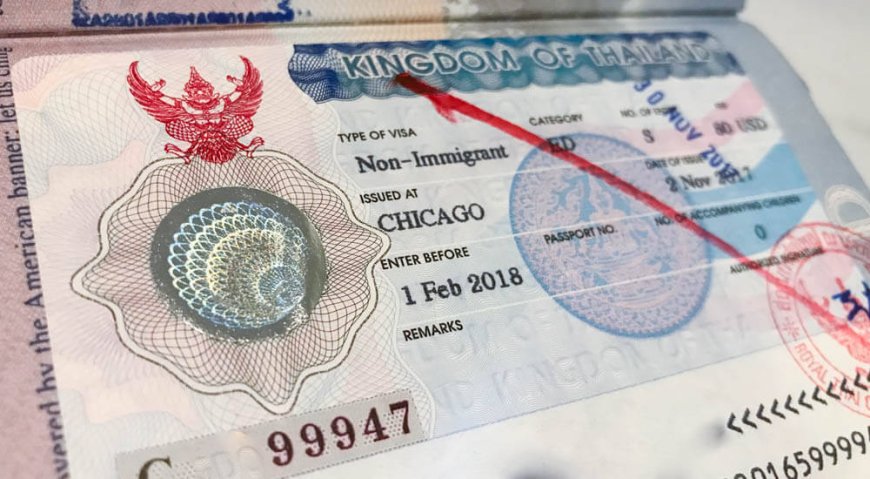With the rise of remote work, Thailand has become a popular destination for digital nomads. The Thailand Digital Nomad Visa (often referred to as the Digital Technology Visa, or DTV) offers a great opportunity for remote workers to legally live and work in Thailand. Here’s a step-by-step guide on how to apply for the Thailand DTV Visa.
1. Understand the Thailand Digital Nomad Visa Requirements
Before starting your application, it’s crucial to understand the requirements for the Digital Nomad Visa. The key criteria usually include:
Proof of Employment: You must be employed by a company registered outside of Thailand or be a self-employed individual working remotely.
Minimum Income Requirement: Applicants typically need to show proof of a steady income, often around $80,000 USD per year, though this amount can vary.
Valid Passport: Your passport should be valid for at least 6 months beyond your intended stay in Thailand.
Health Insurance: Comprehensive health insurance that covers you during your stay in Thailand is often required.
2. Prepare the Necessary Documents
Gathering the required documents is a critical step in the application process. The typical documents needed include:
Completed Visa Application Form: Available from the Thai embassy or consulate where you’ll submit your application.
Recent Passport-Sized Photos: Typically, two photos that meet the Thai visa photo requirements.
Proof of Employment: A letter from your employer confirming your remote work status, or proof of self-employment such as business registration documents.
Income Proof: Recent bank statements or tax returns showing your income meets the required threshold.
Health Insurance: Proof of health insurance coverage, often with a minimum coverage amount specified by the Thai government.
Copy of Passport: A copy of your passport’s photo page and any pages showing your current visa or entry stamps.
3. Submit Your Application
You can submit your application for the Thailand Digital Nomad Visa at a Thai embassy or consulate in your home country. Some embassies may allow online applications or submissions by mail, so it’s important to check the specific requirements of the location where you intend to apply.
4. Pay the Visa Fee
The application process involves a fee, which can vary depending on your nationality and the embassy or consulate. Make sure you confirm the amount and accepted payment methods before submitting your application.
5. Wait for Processing
After submitting your application, you’ll need to wait for it to be processed. Processing times can vary depending on the embassy or consulate, so it’s advisable to apply well in advance of your intended travel date. The processing time typically ranges from a few days to a couple of weeks.
6. Receive Your Visa and Travel to Thailand
Once your Digital Nomad Visa is approved, you’ll receive it in your passport. With this visa, you can enter Thailand and legally live and work there as a digital nomad. The visa typically allows a stay of up to one year, with the possibility of renewal.
7. Comply with Local Regulations
After arriving in Thailand, it’s important to comply with local regulations, including reporting your address to immigration every 90 days. Additionally, ensure your health insurance remains valid throughout your stay.
8. Renew Your Visa (If Needed)
If you wish to stay in Thailand beyond the initial visa period, you can apply for a renewal. This process usually requires you to provide updated documents, such as proof of continued employment and income, as well as evidence of health insurance coverage.
Conclusion
Applying for a Thailand Digital Nomad Visa is a relatively straightforward process if you meet the necessary requirements and prepare your documents carefully. This visa offers an excellent opportunity for remote workers to enjoy the benefits of living in Thailand while continuing their professional careers. By following the steps outlined above, you can successfully apply for the Thailand Digital Nomad Visa and start your journey as a digital nomad in one of the world’s most attractive destinations.









